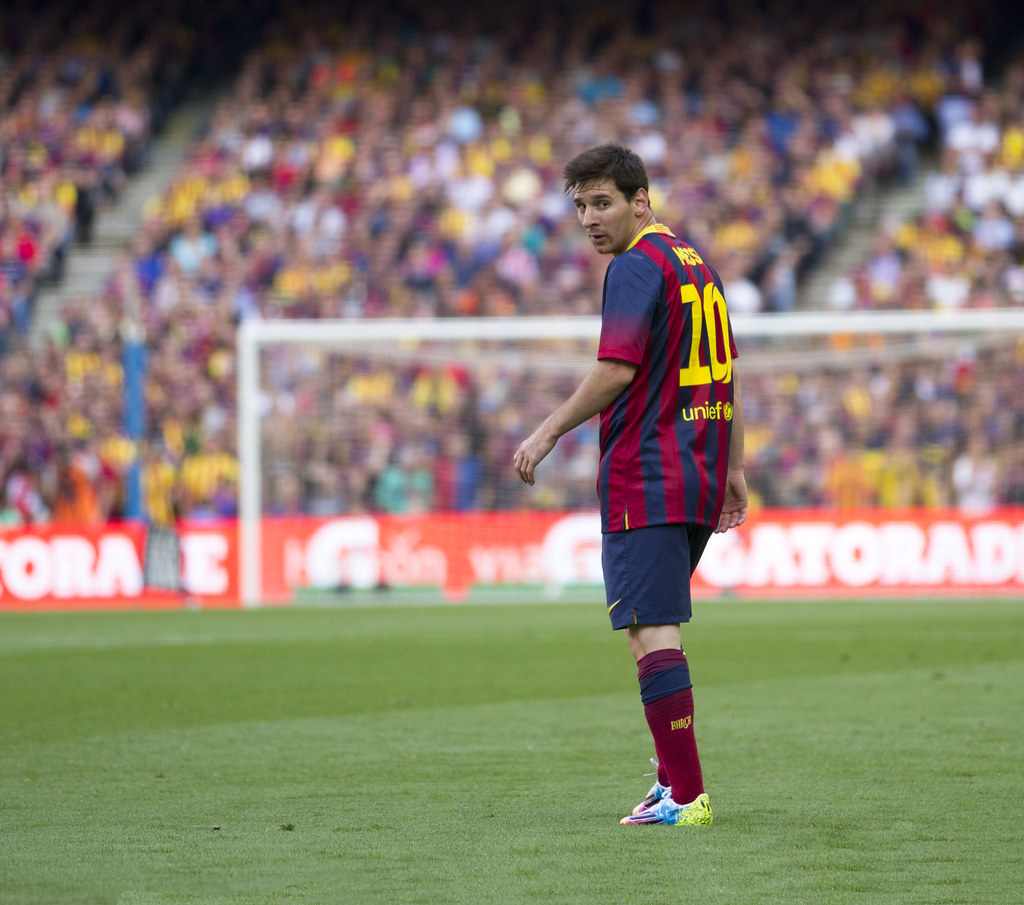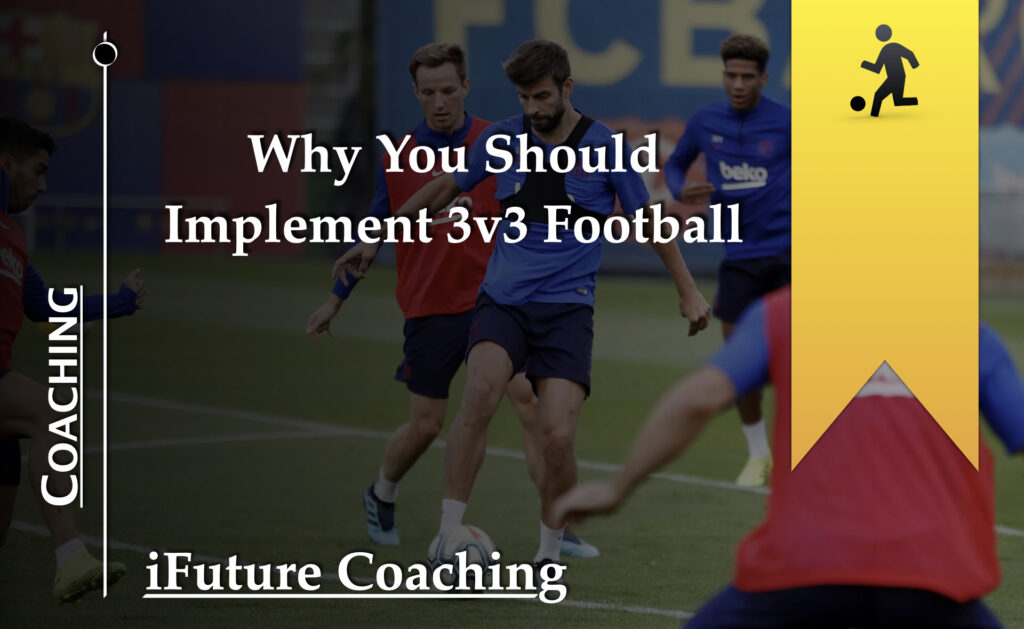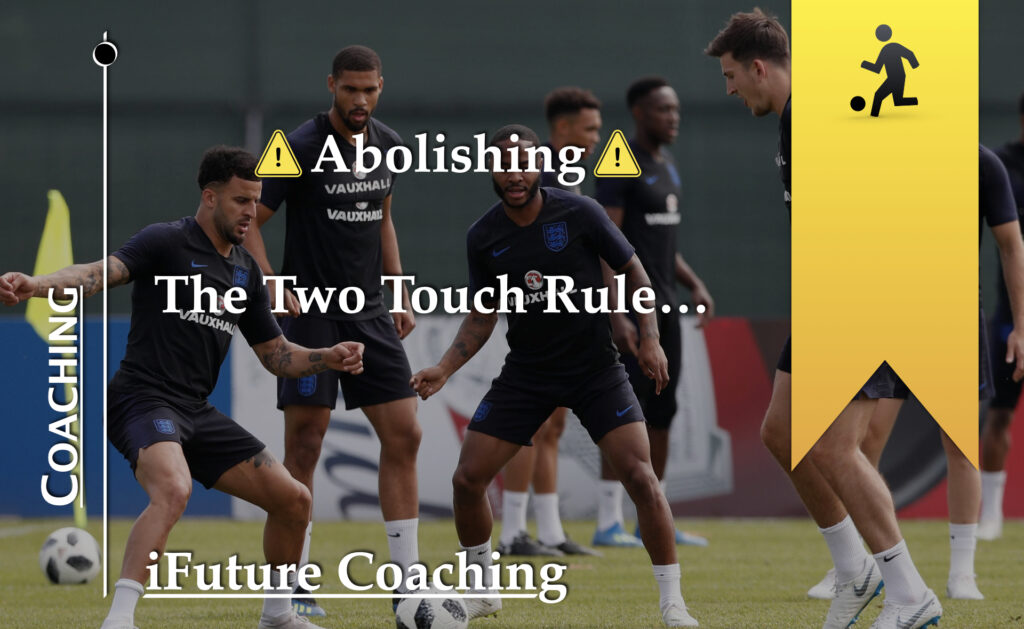The False Nine: A Strategic Evolution in Modern Football
In the realm of football tactics, various innovative and strategic approaches continue to evolve, providing teams with new ways to gain a competitive edge. One such strategy is the employment of a “false nine” position within a team’s formation. Championed by visionary coaches and players alike, the false nine has revolutionised the traditional structure of football and enhanced the attacking prowess of many teams. This breakdown aims to explore the concept of the false nine, its evolution, its impact on the game, and some notable examples of its successful implementation.

Understanding the False Nine:
The term “false nine” refers to a tactical approach in football where a forward player operates as a deep-lying centre forward, dropping back into a playmaker’s role rather than primarily engaging in the attacking line. It involves sacrificing a traditional number nine striker, who typically leads the line, in favour of a more versatile and creative player who can orchestrate the attack from a deeper position.
Evolution and Development:
The origins of the false nine can be traced back to the 1970s, wherein the legendary Dutch striker Johan Cruyff pioneered the concept during his time with Ajax Amsterdam and the Dutch national team. Cruyff’s ability to drop deep and roam the midfield allowed him to create mismatches for opposing defences, breaking traditional defensive lines and confusing markers.
The Influence of Lionel Messi:
The term “false nine” gained significant prominence in recent years due to the impact of arguably the greatest player of this generation – Lionel Messi. Under the guidance of coach Pep Guardiola, Messi showcased the true potential of the false nine position during his time at Barcelona. Guardiola’s tactical setup allowed Messi to drop deep into midfield areas, creating space and causing disarray among defenders.

Effects on the game:
The implementation of the false nine has introduced a dynamic attacking approach, granting teams newfound versatility and unpredictability in their play. By having a forward who can both create and score goals, teams can overload midfield areas, disrupt defensive structures, and exploit gaps in the opposition’s lines. Moreover, defences find it challenging to mark a false nine, as they often operate in unconventional spaces, leading to confusion and miscommunication among defenders.
Notable Examples:
Apart from Johan Cruyff and Lionel Messi, the false nine has become a popular tactic used by many modern-day coaches. Zlatan Ibrahimovic was widely deployed in this role during his time at Inter Milan, while Francisco Totti found success in a similar position under Luciano Spalletti at AS Roma. Robert Lewandowski at times operates as a false nine for Bayern Munich, showcasing his versatility and ability to influence the game beyond a traditional striker’s role.
In conclusion...
The emergence of the false nine position has revolutionised football tactics, challenged traditional line-ups and providing teams with a new dimension of attacking prowess. Its strategic implementation creates confusion for defenders, often resulting in unmarked spaces and advantageous situations for the attacking team. While the concept may have originated decades ago with Johan Cruyff, it was Lionel Messi who captivated the footballing world by exploiting the role to its fullest potential. As the game evolves, the false nine position will continue to play a significant role in shaping the outcome of matches, leaving opponents puzzled and coaches eager to harness its advantages.
Author: S. Noakes






